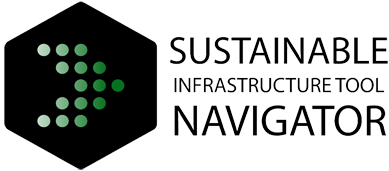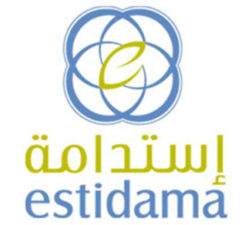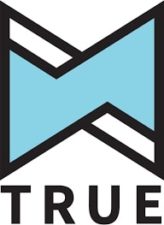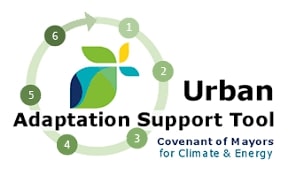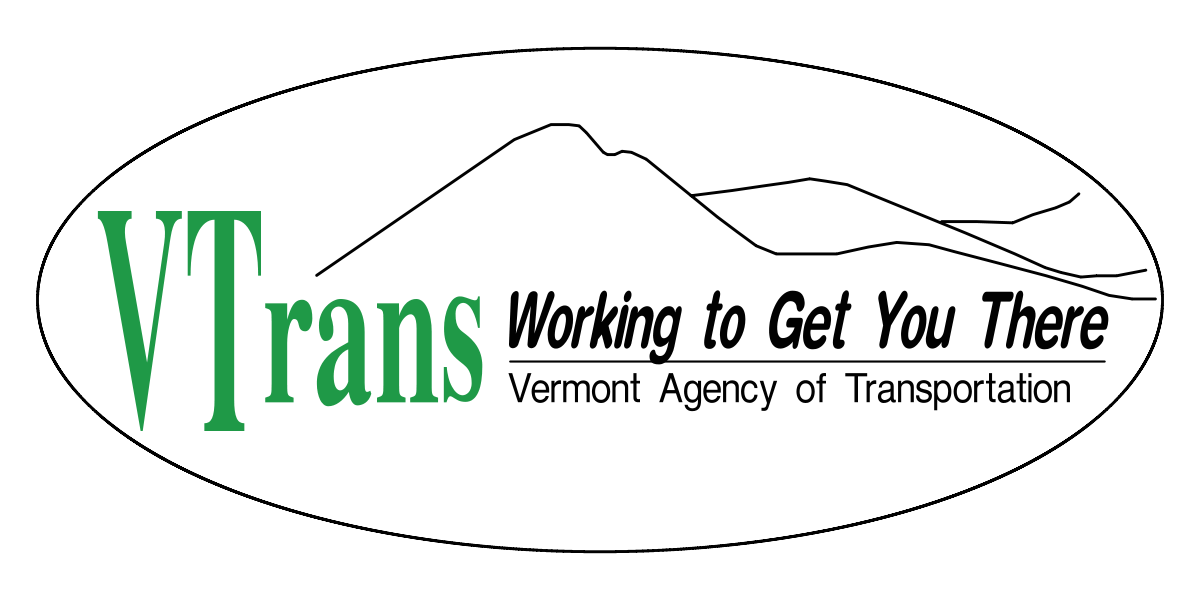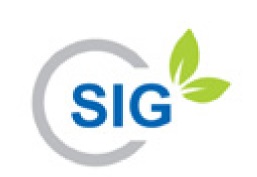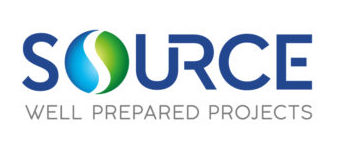
The Comprehensive Assessment System for Built Environment Efficiency (CASBEE) for Cities helps to understand sustainability conditions of cities across environmental, social and economic aspects. It measures the sustainability of cities according to quality criteria against the environmental load of the city defined as CO2 emissions per capita per year. The resulting sustainability qualification supports cities in the development of effective sustainability measures. The CASBEE for Urban Development (CASBEE-UD) tool is a standalone version developed for the assessment of partial or whole groups of buildings on a smaller scale than CASBEE for Cities.
Lifecycle Phase(s): Project PlanningGeneral strategy for a project’s delivery is developed., Concept DesignTechnical experts broadly outline the project’s basic characteristics., Detailed DesignTechnical experts further elaborate the Concept Design., ConstructionThe asset is constructed in line with design, budget and timeline., Operation and MaintenanceInfrastructure assets are managed and maintained during their use time.
Type(s) of Tool: Rating SystemsProvide quantifiable sustainability ratings and / or certification for projects or assets.

